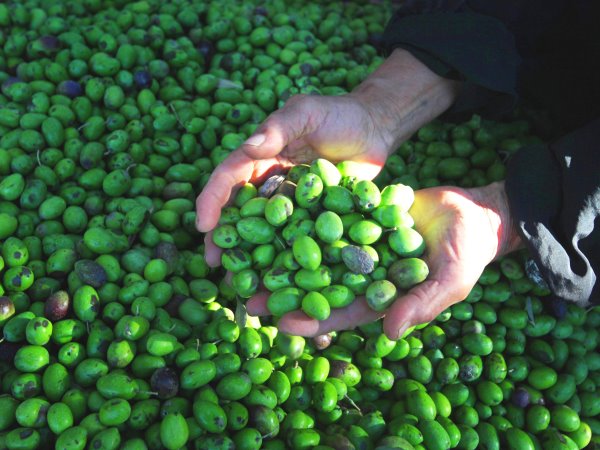Paul Massa explains the origin and skincare functions of squalane.
Squalane is an ideal ingredient to repair and soothe dehydrated and damaged skin. It is widely used in the formulation of cosmetics because of its emollient and hydrating properties. Squalane does not occur in nature and has to be extracted from squalene.
Squalene is one of the most common lipids produced by human skin cells; it has a dual purpose: to protect the skin from moisture loss and to provide a shield for the skin from environmental toxins. It repairs damaged skin and helps to rejuvenate ageing skin. Squalene, naturally present in the skin, peaks at about age 20, where is starts to drop thereafter resulting in rougher, drier ageing skin. As we age, replenishing the skin with squalene seems to be the logical thing to do to rebalance the loss of moisture.
The problem with squalene is that it is highly unstable as a cosmetic ingredient no matter what original source it’s derived from. It has a very short shelf life and is very quick to oxidize or spoil. And that’s where squalane steps in because it is much more stable as a cosmetic ingredient and has a shelf life of over two years and does not oxidize quickly when exposed to air.
Origins
Squalane is obtained by hydrogenation of squalene. The main source of squalene is from the liver of deep-sea sharks. Because these sharks are particularly vulnerable to overfishing their population is now under threat. Fully aware of this issue, consumers looking for ethical products have asked for an alternative to shark oil.
Non-shark squalene can be extracted from vegetable sources like amaranth seed, olives, palm, rice bran and wheat germ. The most common squalane is extracted from olives because of its ability to rapidly and safely penetrate the skin. Olive squalane is a colourless, odourless, light, emollient oil which is highly stable and has a long shelf life.
Olive squalane adds silkiness to an emulsion; it softens and nurtures the skin, and also enhances absorption of ingredients into the tissues, delivering nutrients where they can go to work.
Properties of Squalane
Squalane has a fine texture and is absorbed quickly into the skin leaving no oily residue. It penetrates deep into the skin assisting in new cell growth. It lubricates the skin’s surface and help achieve a softer texture and smoother appearance.
Squalane:
- Improves skin elasticity and moisture retention
- Protects against sun damage
- Prevents age spots and hyper-pigmentation
- Improves texture and tone
- Ideal for all skin types including dry, sensitive, oily and acne prone
Squalane is one of the most common moisturisers in cosmetics because it is:
- Emollient
- Anti-oxidant
- High affinity with the skin and its natural lipids
- Excellent skin-penetration
- Non irritating
- Non-allergenic
- Non-comedogenic
Paul Massa is the managing director of Phyt’s. For more information visit http://www.phyts.com.au/


